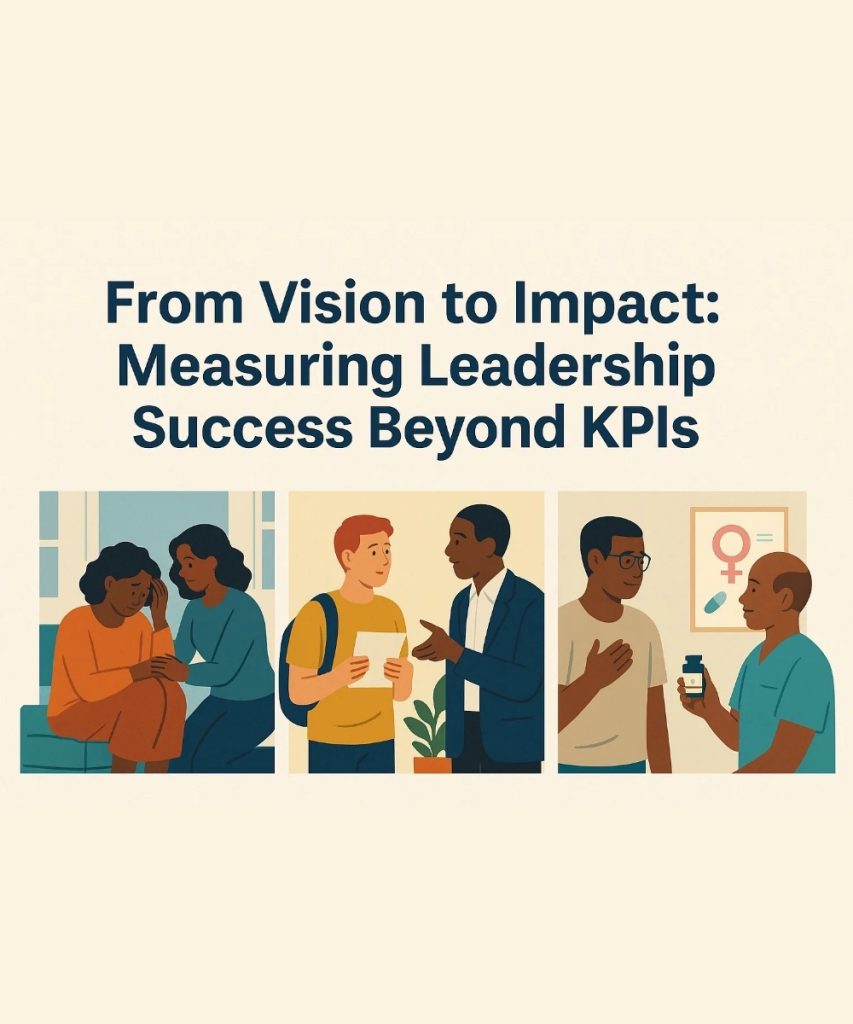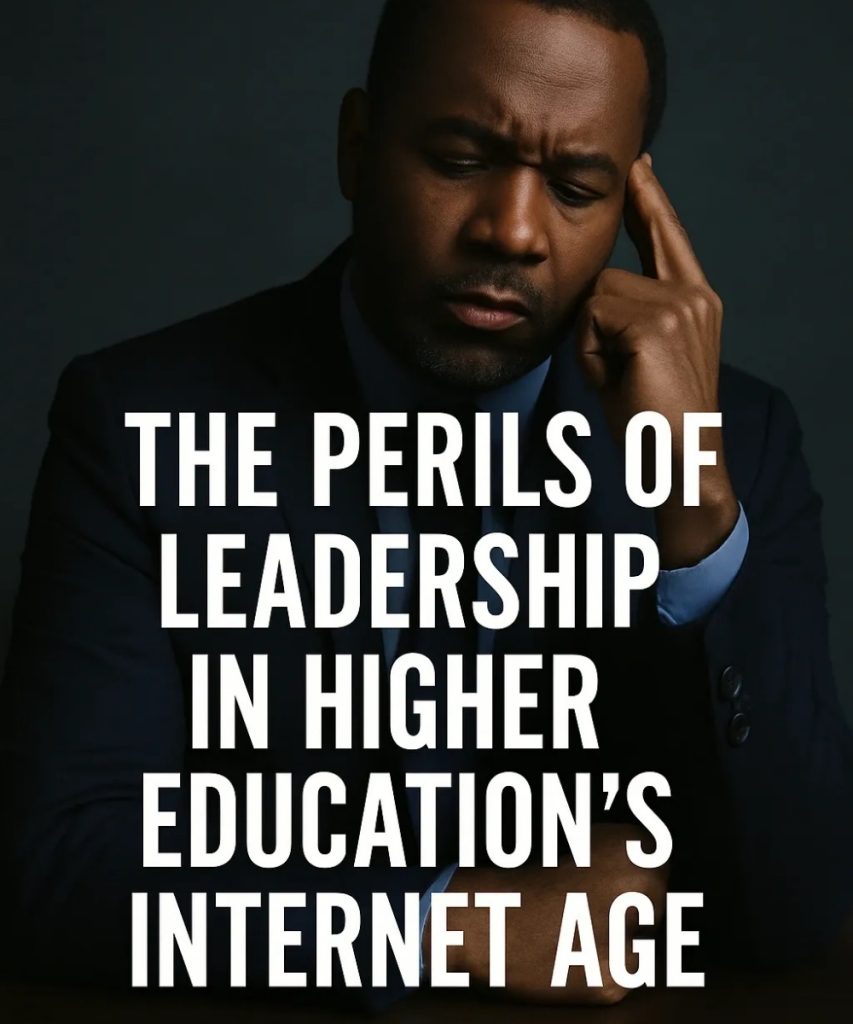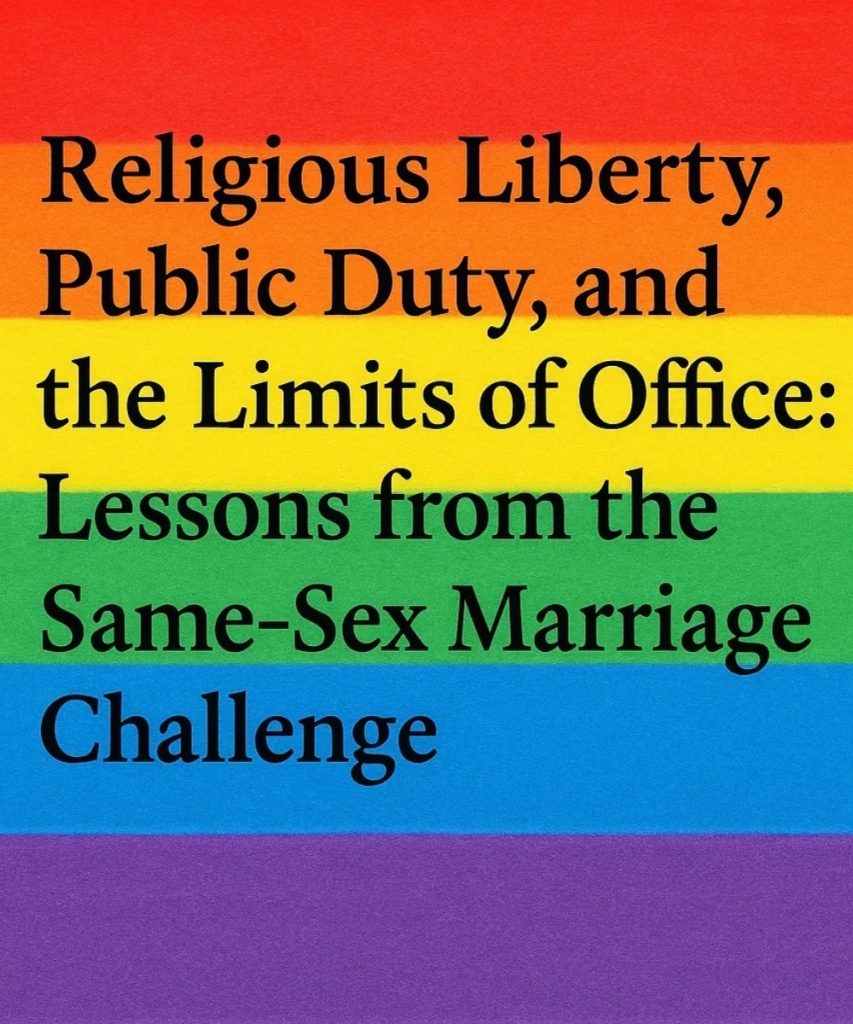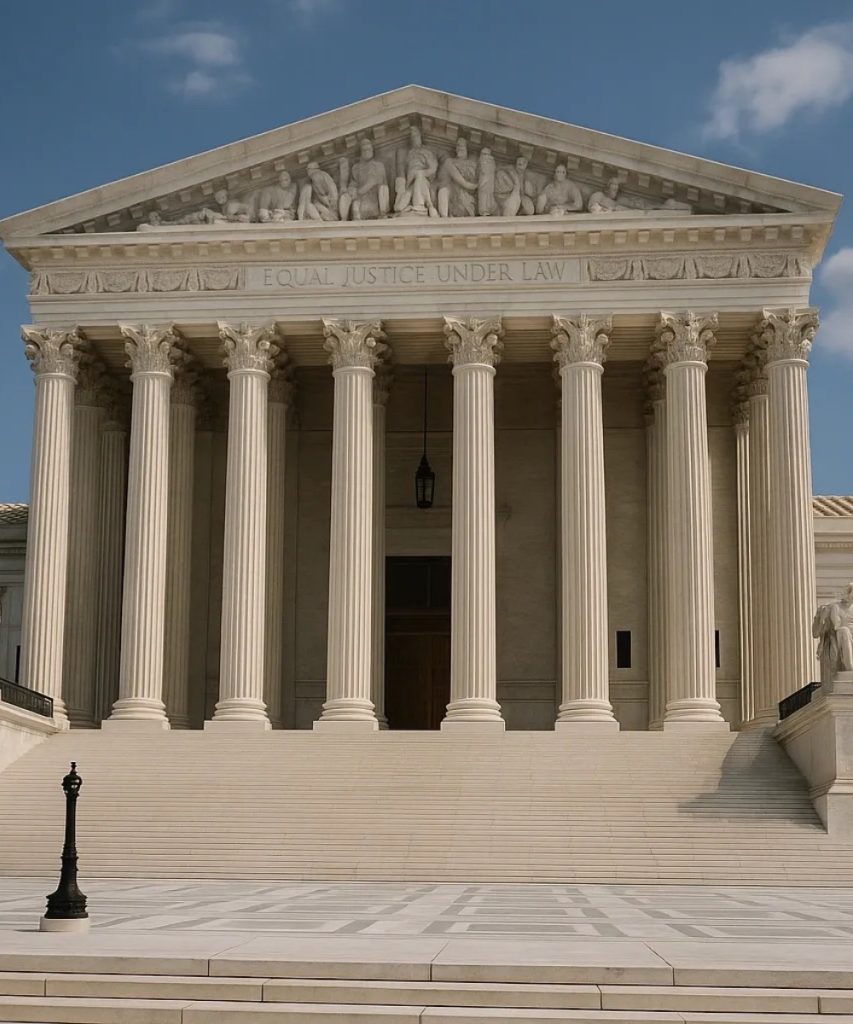In today’s outcome-obsessed world, leaders are increasingly judged by dashboards, quarterly reports, and surface-level metrics. KPIs dominate board meetings, shareholder calls, and strategic retreats. While key performance indicators serve a purpose, they often tell only part of the story, frequently measuring what is easiest, not what is most meaningful.
But true leadership is not simply about meeting targets. It is about transforming people, organizations, and communities. It is about turning vision into impact.
Beyond the Numbers: Redefining Success
Visionary leadership begins with imagination and intention. But how do we track whether that vision is being realized? While KPIs track progress, they often fail to capture the deeper outcomes that matter: community trust, cultural change, organizational health, or the legacy of empowerment left behind.
A leader may reduce costs, increase efficiency, raise more revenue, or exceed fundraising goals. But did they build trust with their staff? Did they create space for innovation? Did they develop a pipeline of future leaders who can carry the work forward with integrity and vision?
True impact is not just the change you made within the organization. It is the lives you touched and transformed beyond the building. It is the mother who was unemployed, homeless, and food insecure, and whom your organization supported with stable housing and daily nourishment. It is the young teenager, aimless and uncertain about his future, whom you mentored with career advice, guidance on higher education, and belief in his potential.
It is the community member, confused and afraid about their sexual health, whom you educated on PrEP and safer sex practices. That person now protects not only himself, but also his wife and his male partner on the side. These are the outcomes that transcend spreadsheets. These are the real metrics of leadership.
The Leadership Scorecard We Don’t Talk About
Consider the leader who championed a new strategic plan:
- Did it create clarity across the organization?
- Were people energized or exhausted by the process?
- Did it spark new partnerships, inspire bold thinking, or revive a sense of mission?
These are the subtle measures of leadership effectiveness—the hidden scorecard we often ignore in favor of budget lines, donor reports, and financial audits.
I often say: “Strategy is meaningless without soul.” You can have the right goals, but if people feel alienated, burned out, or unseen, no amount of efficiency or revenue will carry the work forward in a sustainable way.
Integrating Vision, Reflection, and Adaptability
This is where reflective leadership becomes critical. In my recent writing on The Reflective Leader, I emphasized how self-awareness, stillness, and humility anchor authentic leadership. When leaders are grounded in purpose, they are more likely to prioritize human-centered outcomes over performative outputs.
Similarly, in Leading Through Change, I discussed how adaptive leadership requires responsiveness, emotional intelligence, and an ability to lead through ambiguity, not just operational execution. These capacities do not show up in KPIs, but they determine how an organization survives turbulence.
The shift from vision to impact, then, must include internal and external markers of success. We must ask:
- Are our people thriving?
- Are we advancing justice and inclusion?
- Are we building institutions that will outlive us?
Toward a New Leadership Metric: Meaningful Impact
As we integrate strategic planning (Strategic Planning for Sustainability), leadership identity (Leadership Beyond Title), and forward-thinking design (Strategic Vision in Leadership), the call is clear: let us measure what matters.
Let us define success not only by the reports we file, the dollars we raise, or the revenue we generate, but by the people we empower.
Because the greatest mark of leadership is not in the spreadsheets. It is in the stories. It is in the mother now rebuilding her life, the teenager now dreaming again, and the partner now practicing care.
This is the impact that outlives the title. This is the legacy worth leading for.




